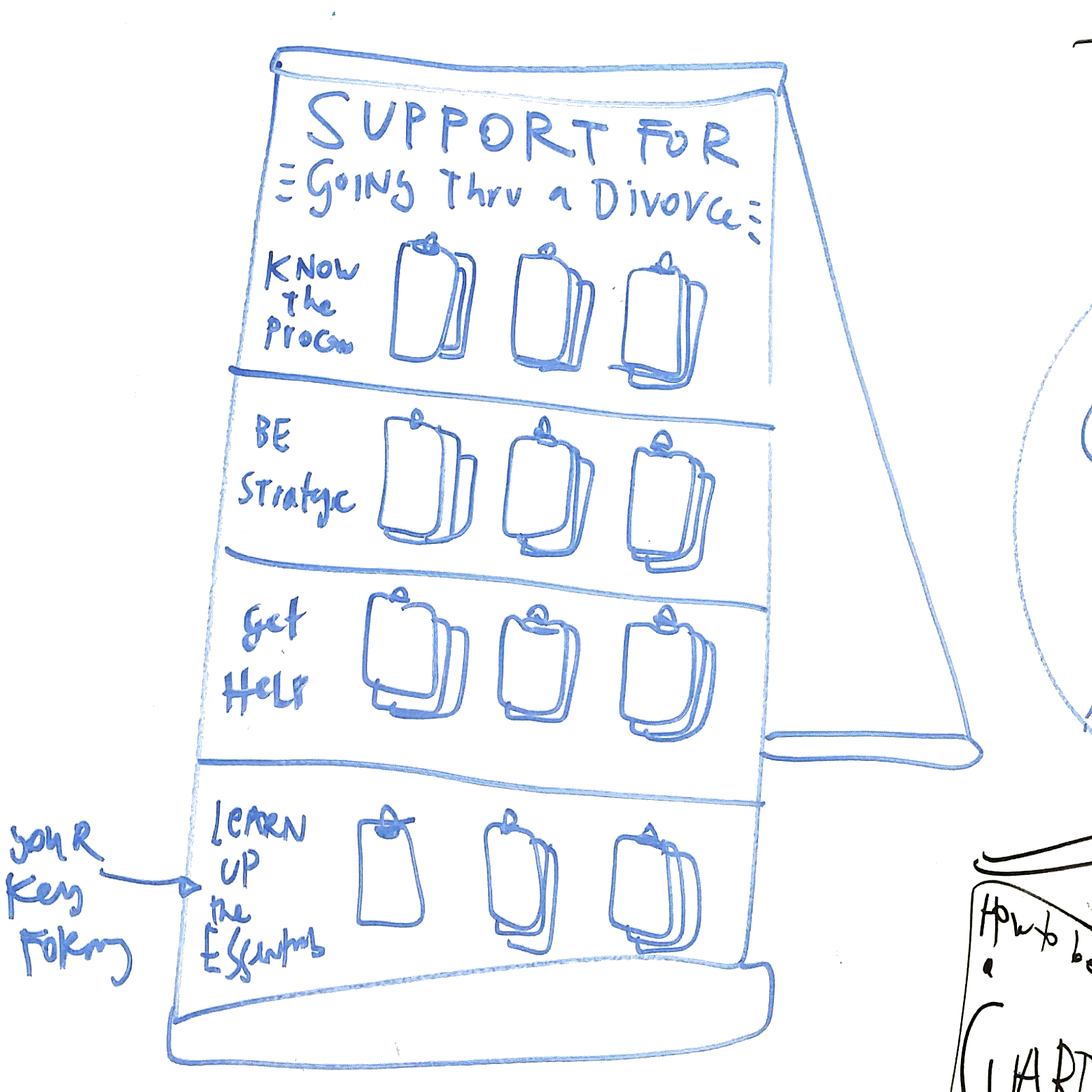What is it?
Have standardized maps of all the court’s floors and rooms, as well as adjacent buildings. These should use the color scheme to direct people on a certain pathway to the right location. It should have plentiful white space, so people can annotate their paper map with where to go. The maps should be like those in malls and museums — clean and annotated.
The maps can be of streets, if there are many providers in the neighborhood.
It can be of the building, to know where to go within a large complex place.
Or it could be of a city/county, to get a wider collection of providers on the same sheet.
How could it be implemented?
Take or create the existing floor plans of the court, and then review them to make them clean, oriented towards common user pathways, and with the same font and color choices for the other signage. Then create poster, print handout, and digital versions of all of them.
This will likely take one to two months to design, and $1000 to create the signage.















 What is it?
What is it? 






















